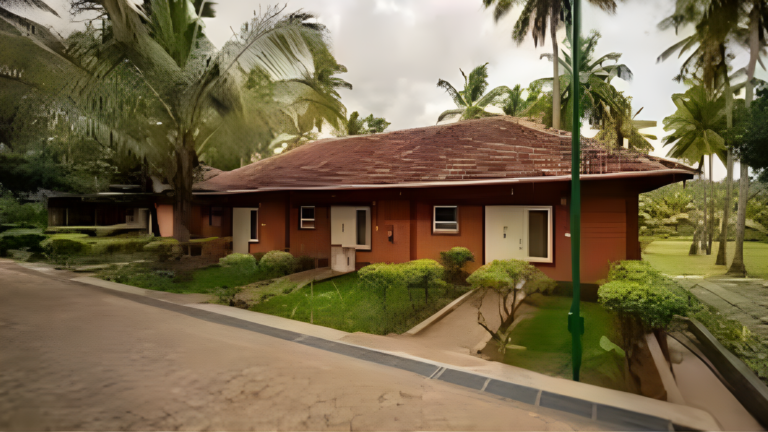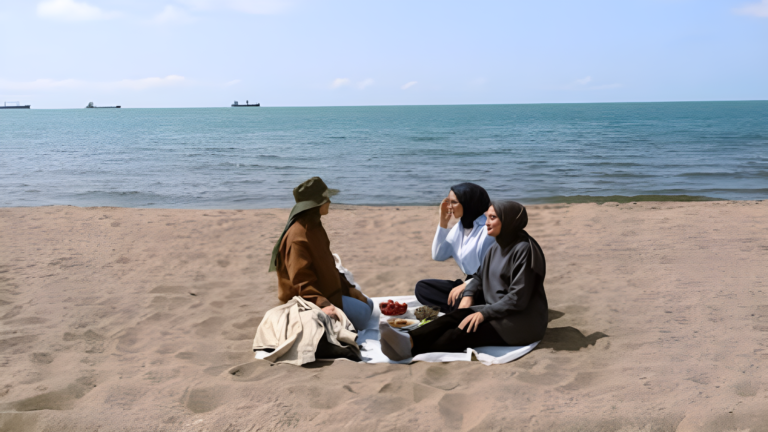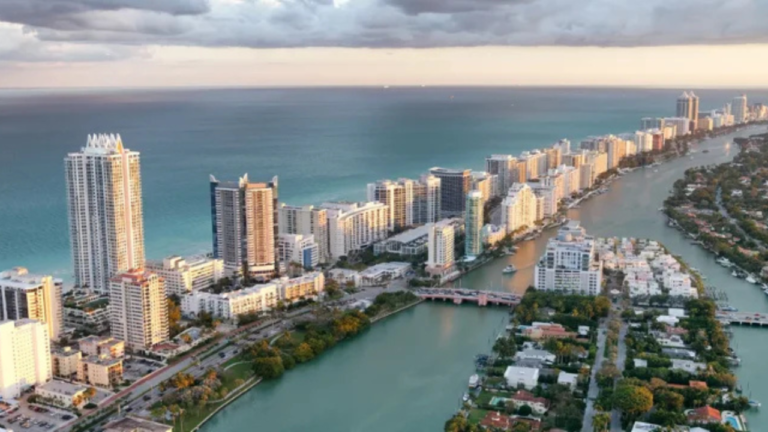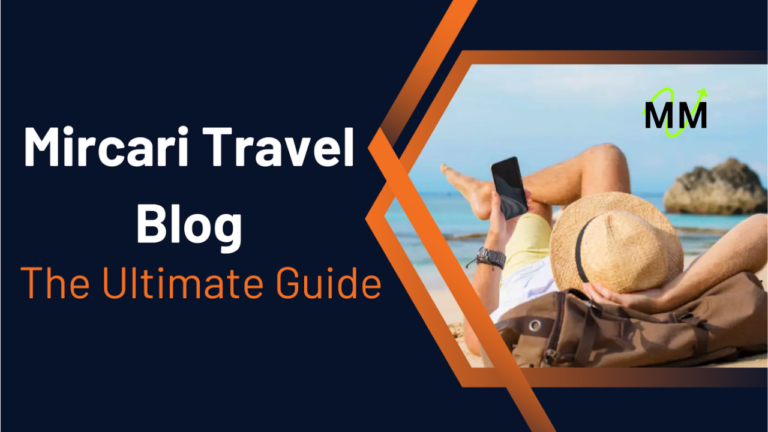What to Pack When Traveling With Baby
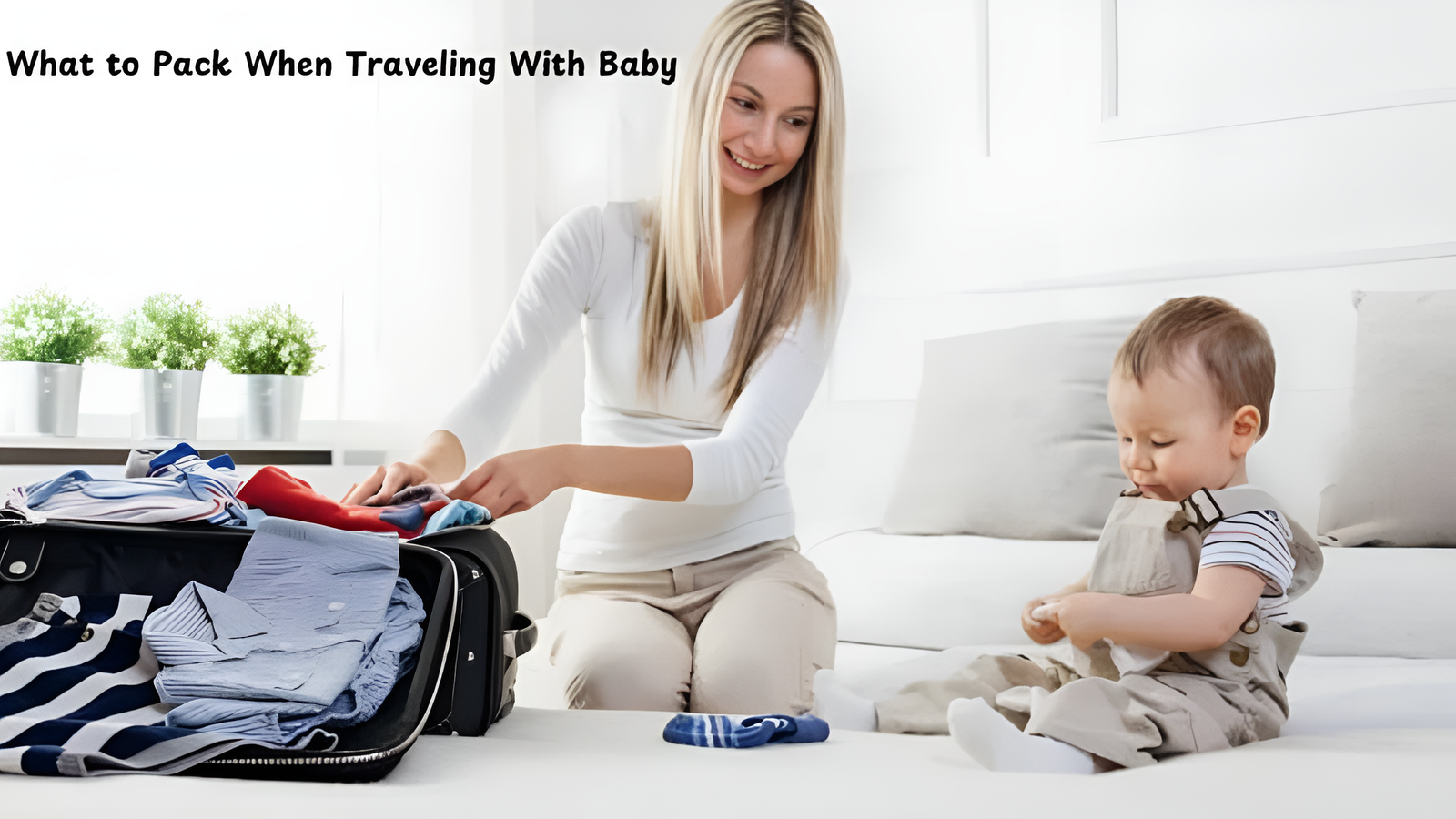
Travelling with a baby takes careful planning, especially regarding packing. The key is having the correct items and packing smartly to ensure your baby’s comfort and safety. Preparation is essential, from managing airports to ensuring good sleep in new places.
This guide will help you pack everything you need for a smooth and stress-free trip with your baby so you can focus and travel confidently.
Stay Connected While Traveling
Reliable communication is essential, especially when travelling to foreign countries with your baby. Staying in touch with family, accessing maps, or contacting medical services can make a significant difference.
For example, if you’re planning a trip to the enchanting destination of France, staying connected is crucial. The evolution from traditional SIM cards to eSIM cards has revolutionized how we connect while travelling. With e SIM France, you can enjoy a reliable connection without the hassle of searching for local SIM cards or worrying about expensive roaming fees.
This convenient solution ensures you’re always reachable and have access to essential information throughout your journey.
1. Essential Baby Travel Gear
Having the right gear is crucial for safety, comfort, and convenience when travelling with a baby. Let’s explore the must-have items that will make your journey smoother.
Car Seat and Stroller
Safety is a priority when travelling with a baby, so opt for a lightweight, easy-to-carry, travel-friendly car seat. Some models are stroller-compatible and approved for air travel, ensuring convenience and safety during your journey.
Travel Crib or Pack ‘n Play
A good night’s sleep is essential for babies and parents, even when away from home. Most parents agree that a portable crib is necessary, as many accommodations lack proper baby sleeping arrangements. Look for a lightweight, easy-to-assemble crib with a compact fold and breathable mesh sides for safety.
Baby Carrier or Sling
A baby carrier or sling frees your hands while offering comfort and security for your baby. Research shows that using a carrier can reduce crying, and carrying babies for three hours a Day has been shown to minimise evening crying and fussiness by up to 51 per cent. Choose an ergonomic design, adjustable fit for different body types, and breathable fabric for temperature control.
2. Diaper Bag Must-Haves
Your diaper bag will be your lifeline during travel, containing all the essentials to keep your baby clean, dry, and comfortable. Let’s dive into what you should pack in this crucial piece of luggage.
Diapers and Wipes
The Rule is to carry at least one diaper per hour of travel and lots more for emergencies. Infants need about 8-12 diaper changes daily, so don’t forget wipes and diaper rash cream. A change mat for hygiene reasons when out in public should be lightweight, water-proof, and hygienic to clean and store away.
Consider how you will dispose of nappy sacks. Biodegradable ones, as well as resalable ones, can reduce your environmental impact. With most babies spilling things or having accidents, you may need up to six changes of clothes at any one time, so it is also a good idea to include spare outfits and layers for wind, rain, or cold. Also, pack spare socks and bibs.
3. Feeding Essentials
Ensuring your baby is well-fed during travel is crucial for their comfort and your peace of mind. Let’s explore the feeding essentials you’ll need to pack.
Bottles and Formula/Breastfeeding Supplies
Nothing is worse than a hungry baby in transit. Pack an easy-clean bottle or two, formula if that’s the way you’re feeding, in travel containers, and a breast pump if you’re breastfeeding, with storage bags. Don’t forget a bottle brush and travel-sized dish soap to keep things clean.
Snacks and Baby Food
Pack a suitable snack and meal for older babies because parents prefer non-perishable food items because they are convenient to use. For older babies, you can pack some pre-packed baby food pouches or finger foods in the form of cereals or soft fruits. Also, pack spill-proof snack containers and baby-friendly utensils for easy meal time.
High Chair or Booster Seat
This should be a portable, lightweight high chair or booster seat that is easy to clean and accompanies a parent to the table for feeding. Parents indicate that these are indispensable for dining out. Ensure they are compact, foldable, and fit most types of chairs.
4. Comfort and Sleep Aids
Do not forget to get your baby comfortable and sleep well outside their usual environment. That’s an awful lot of success on the trip. To make the transition easier, bring some familiar objects, like your baby’s beloved blanket or stuffed toy, and an old familiar sleep sack or swaddle. Studies have demonstrated that comfort objects can reduce an infant’s anxiety.
Bring a portable white noise machine or download a white noise app on your smartphone. Research shows that white noise can improve an infant’s sleep quality. If your baby uses a pacifier, bring a few extras, as it helps avoid meltdowns while travelling.
Bringing a few pacifiers is essential because one will indeed be required to change them. The pacifiers also need clips so that, should they fall off, they do not land on unsanitary surfaces.
5. Health and Safety Items
Keeping your baby healthy and safe should be a top priority during travel. Here are some essential health and safety items to pack:
Baby First Aid Kit
A well-equipped first-aid kit is always crucial because it provides peace of mind and quick solutions to minor health problems that may arise during travelling. Don’t forget baby-safe pain relievers/fever reducers, a thermometer, band-aids, antiseptic wipes, and a nasal aspirator with saline drops.
Keep those delicate skin folds away from the sun and mosquito bites—Slather on a broad-spectrum baby-safe sunscreen and a baby-friendly insect repellent. Be sure to ask your paediatrician for a recommendation on one.
If your baby is on daily medications, bring enough for the duration of the trip and a little extra in case things run longer than expected. Also, bring a copy of the prescription along with the number of your pediatrician.
6. Documents and Paperwork
Remember to carry any other necessary official documents to travel easily with your baby. For international travel, you will need a passport for your baby. Ensure you apply early enough for that passport and probably a copy of the baby’s birth certificate, which is usually more than sufficient when travelling within the country.
The newborn baby also needs to be packed with medical information. This may include immunization records and other previously experienced medical or allergic reactions.
Frequently Asked Questions
- What is allowed when travelling with a baby?
When travelling with a baby, parents can generally bring essential items like a stroller, car seat, and diaper bag. Additionally, most airlines permit carrying baby food, formula, and breast milk in reasonable quantities for the journey. - How to protect baby ears during flight?
To protect your baby’s ears during a flight, offer them a pacifier or bottle or breastfeed during takeoff and landing to help equalize ear pressure. Gently rubbing or massaging their ears can also comfort and relieve discomfort.
- What is the best age to fly with a baby?
The best age to fly with a baby is typically between 3 and 6 months, as they are more adaptable and less prone to illness. Additionally, they usually remain content during flights, making travel more accessible for parents.
Read More
Ready to Take Safe Travel?
Packing for a trip with your baby can feel overwhelming, but being prepared makes all the difference. By bringing the right essentials, you can ensure a smoother journey for both you and your little one. With some planning, you’ll create beautiful memories that last a lifetime!

